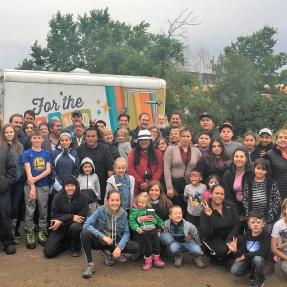Project Overview
Through more than 40 community engagement activities, over 2000 Boulder residents and community stakeholders voiced their opinions about some of the city’s most urgent challenges and identified opportunities to provide solutions that continue to build a better community for all residents. We endeavored to make sure the Strategy genuinely reflects their thoughtful ideas and input and believe we have captured the community’s highest priorities and its passion for this important work in the Strategy.
This document provides a five-year roadmap to address six top human services goal areas: Aging Well, A Good Start, Economic Mobility and Resilience, Health and Well-being, Homelessness and Inclusive and Welcoming Community. For each goal area, the Strategy details the challenges confronting our community and identifies long-term goals. It also identifies specific strategies for the city through its role as a funder, direct service provider and community partner, while prioritizing future city human services investments.
We intend that the Strategy will be a useful tool that reflects our shared community values and helps the city achieve its goal to create a healthy, socially thriving, and inclusive community by providing and supporting human services to Boulder residents in need.


